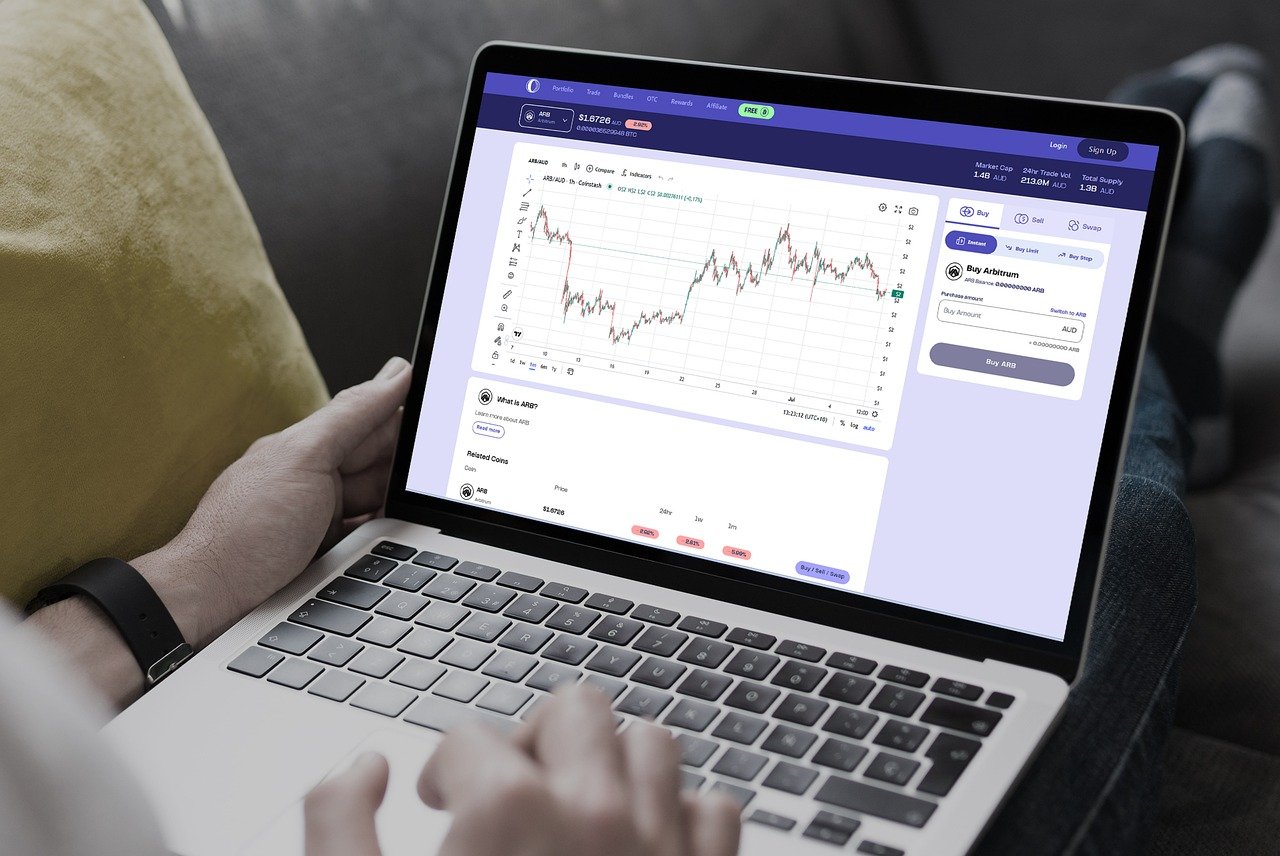The Blueprint for High-Yield Bonds: A Detailed Analysis and Investment Strategies
Investing in high-yield bonds can be a rewarding strategy for those looking for potentially higher returns. However, it also comes with its share of risks. This article aims to provide a comprehensive guide to high-yield bonds, shedding light on their historical context, current market trends, and strategies to make the most of this investment avenue.
High-yield bonds, also known as junk bonds, have a long and fascinating history. These bonds are issued by companies with a lower credit rating, implying a higher risk of default but also offering potentially higher returns to compensate for this risk. It’s a classic case of high risk, high reward.
The high-yield bond market has seen significant changes over the years, with periods of boom and bust. In the 1980s, for instance, high-yield bonds were an integral part of some of the biggest leveraged buyouts. However, the market collapsed following a series of defaults. The market has since matured significantly, with high-yield bonds becoming a mainstream investment product.
Current Market Trends and Insights
Currently, the high-yield bond market is characterized by low interest rates, making these bonds more attractive for investors seeking higher yields. However, this also means that the default risk associated with these bonds is higher. Investors need to be cautious and thoroughly analyze the issuer’s creditworthiness before investing.
It’s also worth noting that the high-yield bond market is becoming increasingly global, with growing opportunities in emerging markets. This diversification can help investors spread their risk and potentially enhance returns.
High-Yield Bond Investment Strategies
When investing in high-yield bonds, a well-researched strategy is essential. Here are some strategies that experts recommend:
-
Diversification: Spreading investments across different issuers can help mitigate the risk associated with a single issuer defaulting.
-
Research: Understanding the issuer’s financial health and the industry dynamics is vital. This research can help investors assess the bond’s default risk more accurately.
-
Duration: Shorter-term high-yield bonds may be less risky than longer-term bonds, as they are less susceptible to interest rate fluctuations.
Impact and Real-World Applications
High-yield bonds can be a useful tool for income-focused investors. They can offer higher yields than government or corporate bonds, making them an attractive option for those seeking regular income.
However, these bonds are also more susceptible to economic downturns. Therefore, investors need to have a sound understanding of the risks involved and consider their risk tolerance before investing.
Practical Financial Tips
-
Always consider your risk tolerance before investing in high-yield bonds.
-
Diversification is key in mitigating risks.
-
Regularly review your investment portfolio and adjust as necessary.
-
Always conduct thorough research before investing.
In conclusion, high-yield bonds can be a compelling investment option for those seeking potentially higher returns. However, they also come with their share of risks. Understanding these risks, conducting thorough research, and having a well-thought-out investment strategy can help investors make the most of this investment avenue. Remember, investing is not a one-size-fits-all approach, and what works for one investor might not work for another. Therefore, it’s crucial to consider your financial goals and risk tolerance before investing.







